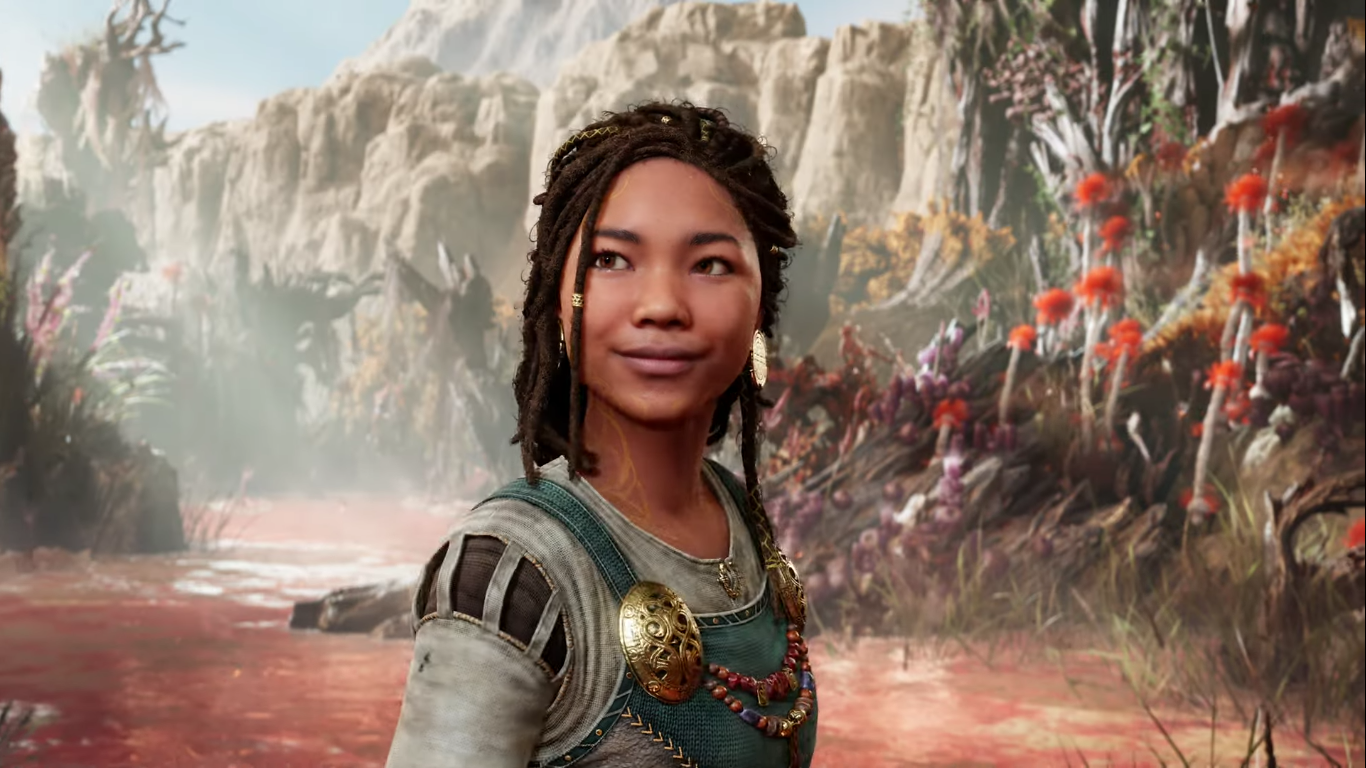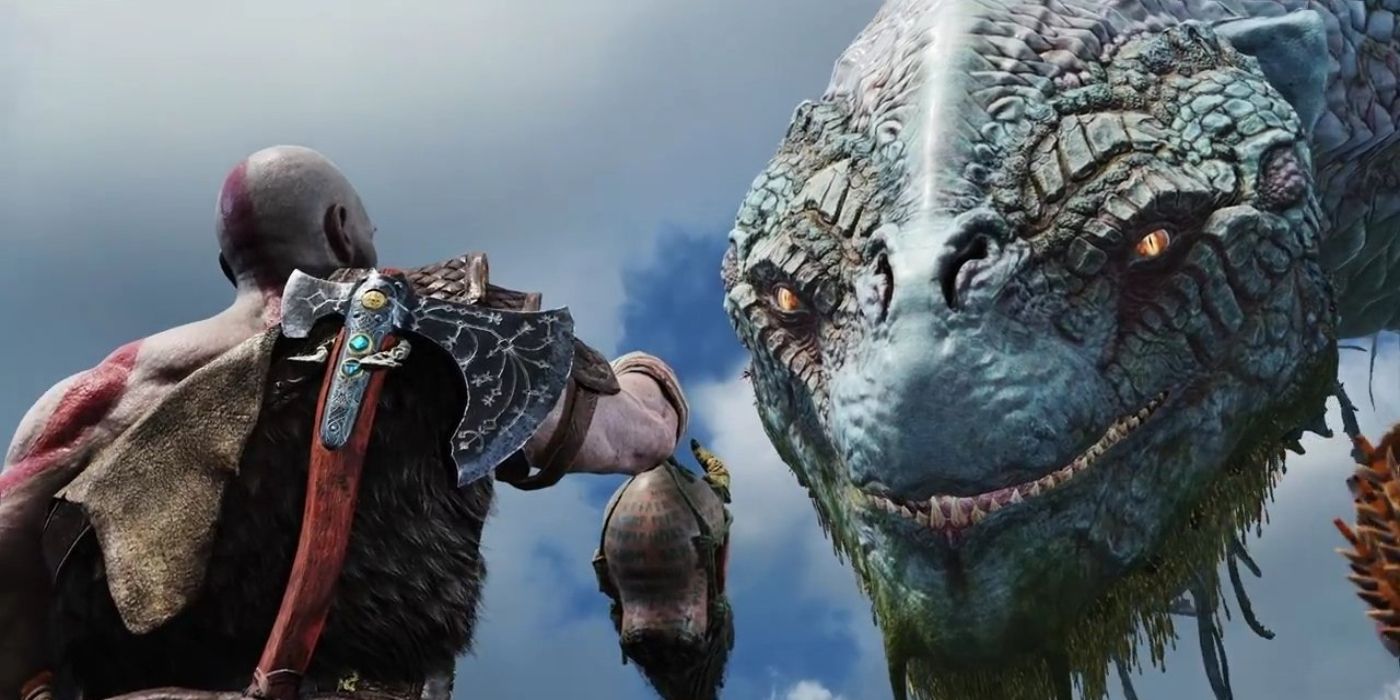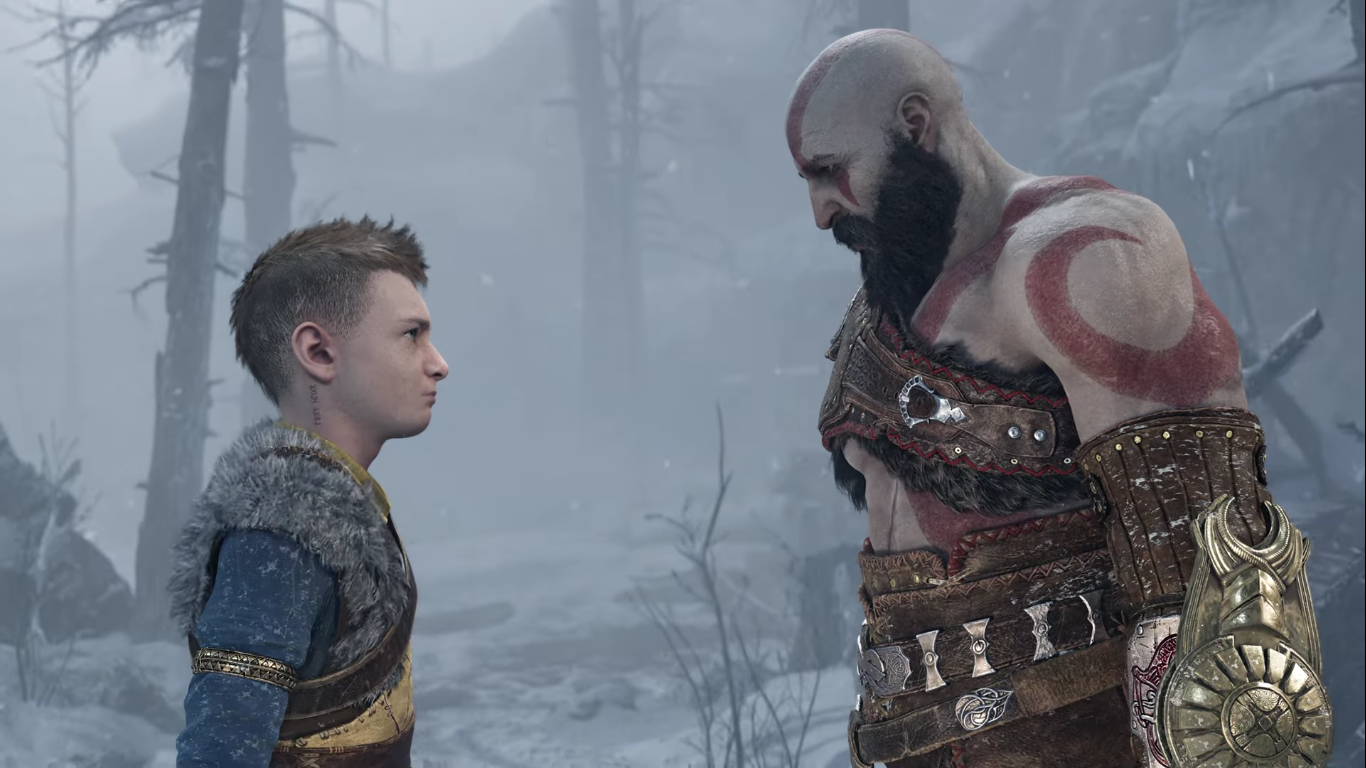God of War: Ragnarok made huge waves at September's PlayStation Showcase 2021 with a new trailer that confirmed several characters coming to the highly anticipated next entry in the God of War franchise. With this game being the end of the Norse Mythology Saga, Santa Monica Studio will likely be pulling out all the stops and bringing in big characters for the climatic event that is Ragnarok.
One key figure that made her debut in the trailer was Angrboda. While at first glance she may seem charming and unassuming, her role in Norse Mythology is no small one. She is a key figure in the story of Loki, and looking at Norse Mythology may provide some clues as to what will be coming in God of War: Ragnarok with Angrboda involved.
RELATED: God of War Ragnarok Will Be One Unbroken Shot Like God of War 2018
Who is Angrboda?

In Norse Mythology, Angrboda is a giantess who is the mate of Loki and the mother of three iconic figures: Fenrir, Jormungandr, and Hel. Her name is often translated as "the one who brings grief," and she is also commonly referred to as The Mother of Monsters. She clearly has a connection with Loki, who is a key player in the events of Ragnarok, and her three children each have a hand to play when it comes to the end of the world. While she was only one of the several new faces in the God of War: Ragnarok trailer, Angrboda may be one of the most game-changing characters to date.
Who are Fenrir, Jormungandr, and Hel?

While Angrboda will be setting the stage for several parts of Ragnarok with Loki, their three children will play more direct rolls in the end of the world. Starting with the one child players are already familiar, Jormungandr, The World Serpent or Midgard Serpent, is exactly that: a giant serpent of Jotunn heritage that grew large enough to encircle Midgard. God of War (2018) players are introduced to Jormungandr after he mysteriously appears, apparently as a result of a battle with Thor. The battle was so climactic that it sent Jormungandr back in time to before his birth. Ultimately, Jormungandr and Thor are said to kill each other during a climactic battle at Ragnarok, so players will have to see what that means since it seems the uniquely-designed Thor is set to be a main antagonstic force in God of War: Ragnarok.
Fenrir is a giant wolf who is said to consume Odin during the events of Ragnarok. Because of this prophecy, Odin sought to seal the great wolf away so that the prophecy would not come to pass. This is where the newly revealed Tyr comes into play. After the completion of Gleipnir, a silk-like binding that even Fenrir would not be able to break from, Tyr convinces Fenrir to allow the bindings to be put on as a test of strength, with the caveat that if it was a trick Fenrir would bite Tyr's hand off. When Tyr appeared in the new God of War: Ragnarok trailer, he still had both hands, so this event does not seem to have happened yet.
RELATED: God of War: Ragnarok is Switching Directors and That's Okay
When Fenrir could not break free from Gleipnir and the Gods would not free him, Fenrir tore away Tyr's hand. Fenrir was then sealed away until the days of Ragnarok, where he broke free of Gleipnir's hold and devoured Odin before being slain by one of Odin's sons. With Tyr being a prominent figure in God of War: Ragnarok, it will be interesting to see how Fenrir comes into play with the Norse God of War. He is already mentioned in the lore of God of War, so it will be interesting to see how he is folded back in.
It is said that half of Hel's face is beautiful, while the other half is rotten like a corpse. Being feared by the Aesir, Hel was banished to Helheim and held dominion over the dead who were not worthy of Valhala. While Kratos and Atreus visit Helheim in God of War, Hel herself is not seen or mentioned. It is possible that she may not be born yet (with how young Atreus is this would make sense), so she may appear in God of War: Ragnarok. In Norse Mythology, Hel will command armies of the dead to invade and fight against the other Gods, so it would be strange to omit such a key figure from the narrative of Ragnarok. Perhaps players will see Hel for the first time when Kratos revisits Helheim in God of War: Ragnarok.
What Angrboda's Introduction Means for God of War: Ragnarok

With Angrboda in play, it clearly means there will be a big focus on Atreus now that players know he is Loki. The question is whether there will be a large time-jump in God of War: Ragnarok. It would certainly go a long way to making the bond between "Loki" and Angrboda make sense, as well as the introduction of their three children. While Atreus looks older in the God of War: Ragnarok trailer, he's certainly not old enough to have three kids. Plus, Kratos and Atreus have both been cooped up during Fimbulwinter, trying to find a way to stop the events of Ragnarok.
Angrboda and her three children are all key figures in the story of Loki, and their three children especially play large roles in the events of Ragnarok. If Santa Monica Studio is sticking close to Norse Mythology, these three characters are bound to appear. With Angrboda officially revealed, it's now about waiting to see how she will be woven into the story, and how her three children will make an appearance.
God of War: Ragnarok is set to release in 2022 for PS4 and PS5.
MORE: God of War Ragnarok Being the 'End of the Norse Saga' Suggests Something New to Come

